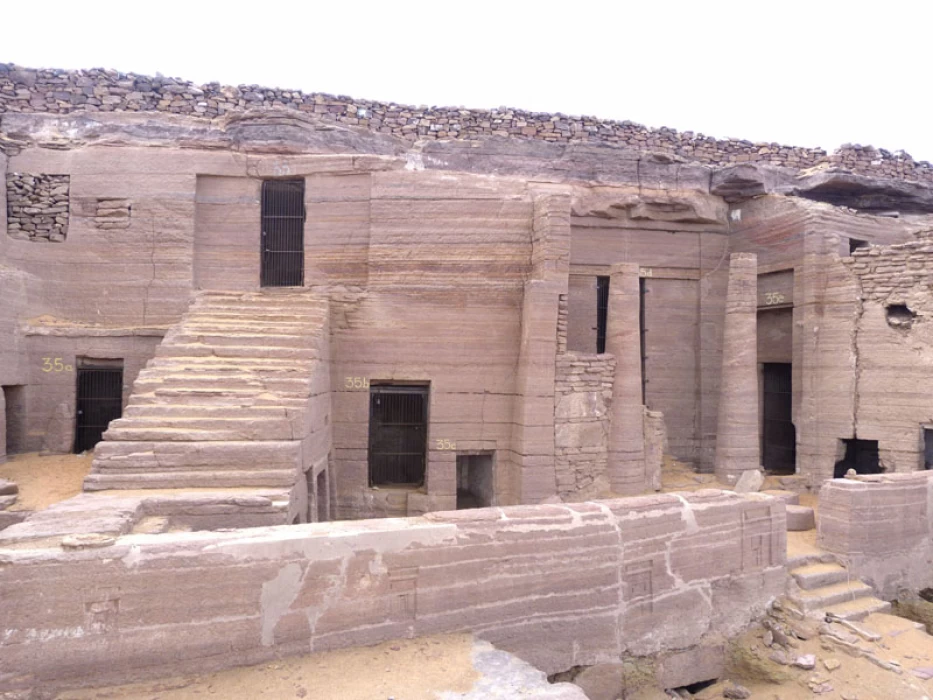
Tombs of the Nobles in Aswan
Details About the Nobles' Tombs
Aswan governorate is one of the most beautiful tourist governorates in Egypt, and features many important tourist and archaeological attractions in Egypt's ancient and modern history.
"Graves of nobility" in the village of West Aswan is one of the well-known monuments in Aswan governorate as it is located on the western side of the city of Aswan specifically located at an altitude exceeding 100 meters above the surface of the water of the Nile River, which has caused visitors to Aswan to see it clearly It has become one of the most important signs of Aswan, and over the past years has witnessed a remarkable development through the lighting of the surrounding mountain and has become a distinctive aesthetic view in the morning and evening.
The graves of nobility are located below the dome of air in the village of West Aswan, in a huge rocky mountain of nobility and priests in the vows of ancient Egyptians. Below the graves are some of the remains of a Coptic monastery called St. George ".
cemeteries are layered and accessible by visitors through stone stairs through two tilted roads, with graves numbering more than 100, buried by hundreds of men, women and children, numbering about 1,000, mostly from the Old State ".
The graves of nobility were the objects of the area in the ancient covenants, a collection of rooms engraved in a pharaonic manner inside the mountain and decorated with colors, drawings and pharaonic inscriptions The walls adorn different drawings of sizes with pharaonic designs to show and illustrate the ancient Egyptian life of pharaohs, for example, how to slaughter offerings such as cows, fishing, birds found at the time, bearers of nobility, as well as musicians, as well as some templates of ancient statues.














